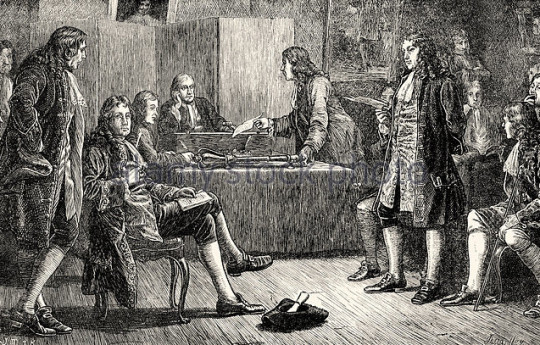The Secrets Behind Peer Review
For THE CONVERSATIONALIST, Nobel Laureate Peter C. Doherty explores the ins and outs of peer review.
If you are at all familiar with the operation of the Intergovernmental Panel on Climate Change (IPCC) you will know that, while the various authors are (unpaid) professionals of one sort or another with their own research programs, the IPCC itself neither commissions nor does research. Its conclusions are based solely on the information available in the published peer-reviewed scientific literature. What does that mean?
Every research paper that appears in print and/or online will have been read and critiqued (generally with complete anonymity) by at least two scientific peers. This mechanism was first put in place by the Royal Society in the 17th century, and has endured.

The Royal Society in Crane Court, London, 17th century
Sometimes, if the reviewers are at odds, a third or even fourth opinion will be sought. Though the tradition with law journals, for example, may be that the process is double blind – with neither the reviewers nor the authors being identified – the single-blind tradition in science means we generally know who wrote the paper, but can only speculate about the critics of our wonderful manuscript.
That may sound onerous but, in practice, it’s not hard to get almost anything published at some level in what’s broadly styled as the peer-reviewed scientific literature, especially if it is well written and gives the appearance of having been done properly.
Read the rest of Doherty’s insightful piece at THE CONVERSATIONALIST.
